I love my life. I can leave my apartment and it’s an easy walk away from Karangahape Road, Commercial Bay, or Ponsonby. I can walk to the Auckland Domain or Albert Park, or Myers Park. I can go and catch a bus or train to so many places outside of the City Centre. I save so much money not having to own a car. So much time not having to think about parking or driving in traffic. My apartment might be small, but it’s my home and all the things I could ever need are so accessible. I do wonderful things for work and know and meet so many amazing people. And so much of that is the result of where I live, the places I visit, and how this corner of Auckland has been designed. Often as a result of people I may never meet, but who put their blood sweat and tears into improving things one step at a time. I love so many things about Auckland, and I honestly didn’t know my roots dug this deep until I was thinking about leaving last year.
But I can also picture in my mind how it could be even better. How our streets could be made for people. How our roads can go from being congestion-riddled messes, to the smooth glide of modern rail transit. And for a long time I’ve been thinking about how to do this. How do we make our corner of the world a better place? How do we take what we know, from the evidence, works. How we do take what we know in our hearts and brains to be good. How do we convince others of this vision? To improve the lives of not just ourselves but everyone around us. Our families, our friends, our communities. Even the strangers we might only pass once in our lives. Even our descendants we may never meet or who may never know us.
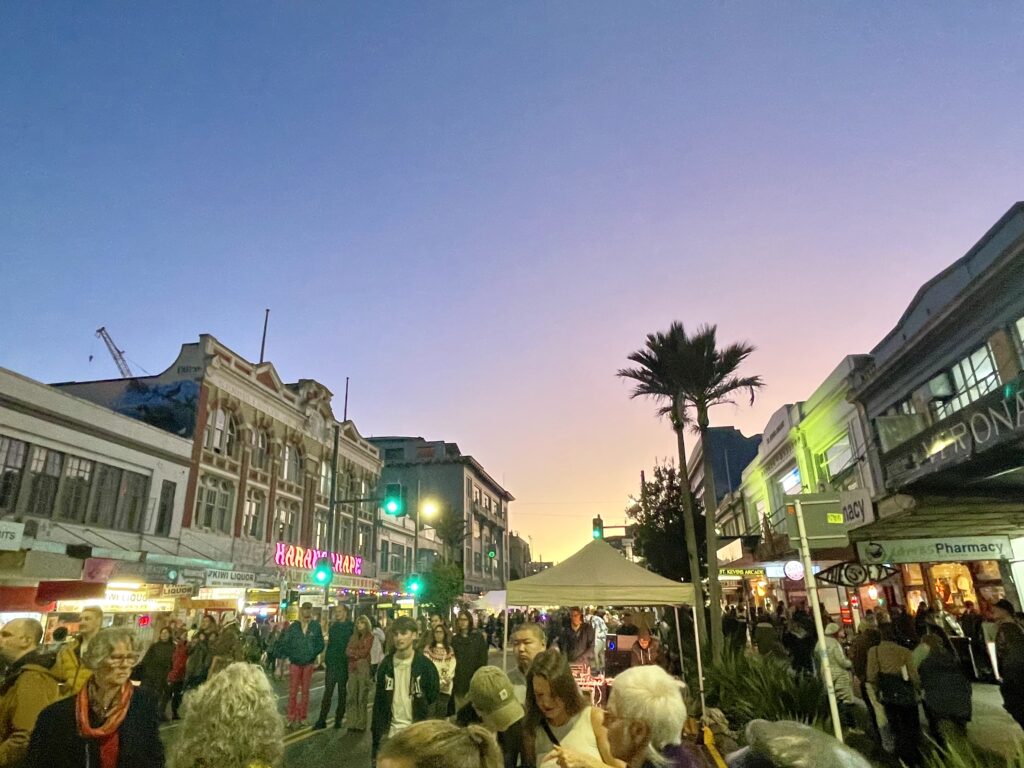
Sometimes we can have all the facts and evidence in the world and yet we cannot change a thing. While facts and evidence are so, so incredibly important, they only work when someone knows you. When someone trusts you. When they connect with you. Most people, including myself as much as I might sometimes think otherwise, don’t connect with numbers and statistics, peer reviewed papers, and longitudinal studies. How many times do we need to talk about induced demand for people to understand that adding just one more lane isn’t going to solve congestion?
The thing is, something like “induced demand” doesn’t mean anything to someone who is just living their life, working their job, hanging with their friends, and loving their family. Because what they connect with are stories and experience. We see and hear people and things in our everyday life, and so we believe them.
And so, when we are in streets filled with people coming together in joy and celebration, we connect with that. When roads lead to rail, those visiting and living in the West Island feel the transformation that envelops the space into a party. We can tell stories about that. We can share that experience with others. Share with them that connection to a better world that we know is possible.
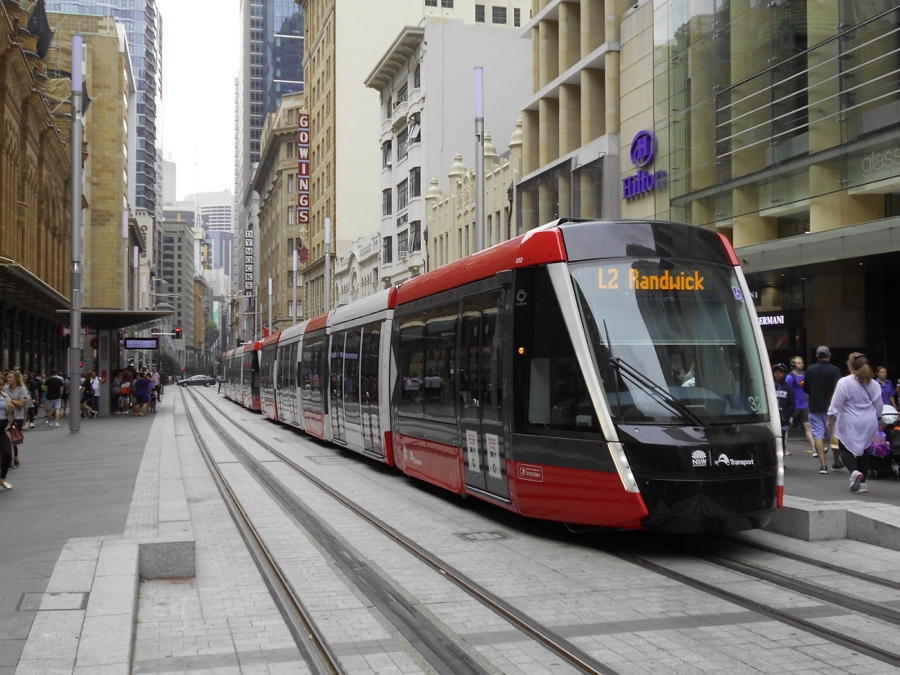
And when things are dark, darker than ever before, the stories we tell each other are what gets us to the dawn. They warm our soul and bodies in the cold nights, now and from back when we lived in caves. In many ways, the last stage of one major darkness looms over our city centre, yet the reason it is so dark is because the dawn is brighter than it ever has been. We have so many incredible stories, both near and far, of transformation, change, and success. We offer hope when we share those stories with those who are skeptical. Those friends who start to wonder what we are on about when we sing the praises of our places. And we dance the praises of walking and cycling. When we dream the praises of trains to come.
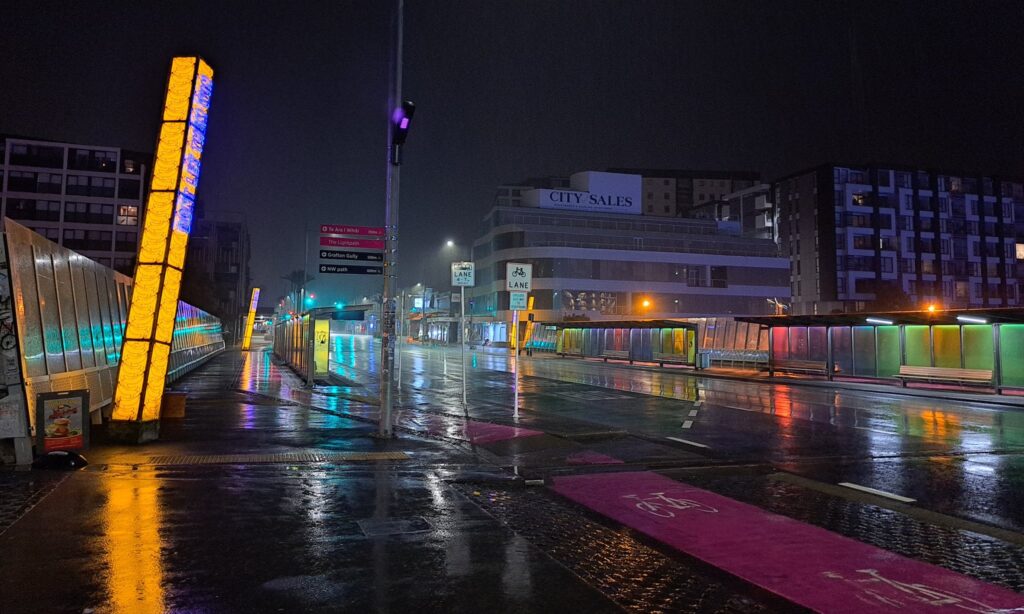
One spark for this post is that I’ve been reading Emily Wilson’s acclaimed new translation of The Iliad, a story thousands of years old. One thing that struck me was the translator’s introduction, in which Wilson describes how much the ancient story came to mean to her in how she lived her own life. How she saw the world. How she felt about it. And how she shared that with her friends and family, to laughter and tears.
In ways that are often hard to articulate but run through everything, my work has been deeply informed by my own experiences. I have been reading Homer throughout my adult life. Whenever I hear blustering winds and rainstorms, surging rivers or choppy seas, when I watch a flock of geese of a swooping hawk, when I walk though rustling woods or up a mountainside, I know I am inside the world of Homeric similes. Even the most trivial moments of daily life remind me of Homer. I notice that my feet are not “well-oiled” whenever I tie my sandals on. I cannot watch my dog happily rolling in mulch without thinking of Achilles, prostrated by grief and tossing around in the dust. More seriously, the poem gives me a language to understand my deepest emotions and those of people around me. When I weep for my mother, who died recently in a distant land, I remember the grief of Achilles and of Priam. The Iliad is with me always. My own life, as a parent, a child, and a human being, has taught me to understand the poem more deeply.
Ashes, one of my favorite songs by one of my favourite bands, The Longest Johns, muses about how those who fiercely want to keep something the same as it was in the past can inadvertently let it die out, instead of carrying it forward.
The stories we have are what carry us forward. But they are never the same, and cannot be the same as what once was. That translation of The Iliad was done in such a way in order to bring the story to the modern audience. It changed, to bring it forward for everyone to enjoy and not just sit in an ivy tower in a drift of academical dust.
If we collectively, as The Longest Johns sing, decide to worship our ashes of cars and highways, we will not carry forward into the future. We will instead blow away in the next wind, our minds still unable to move on. We need to tend to the fire of something different.
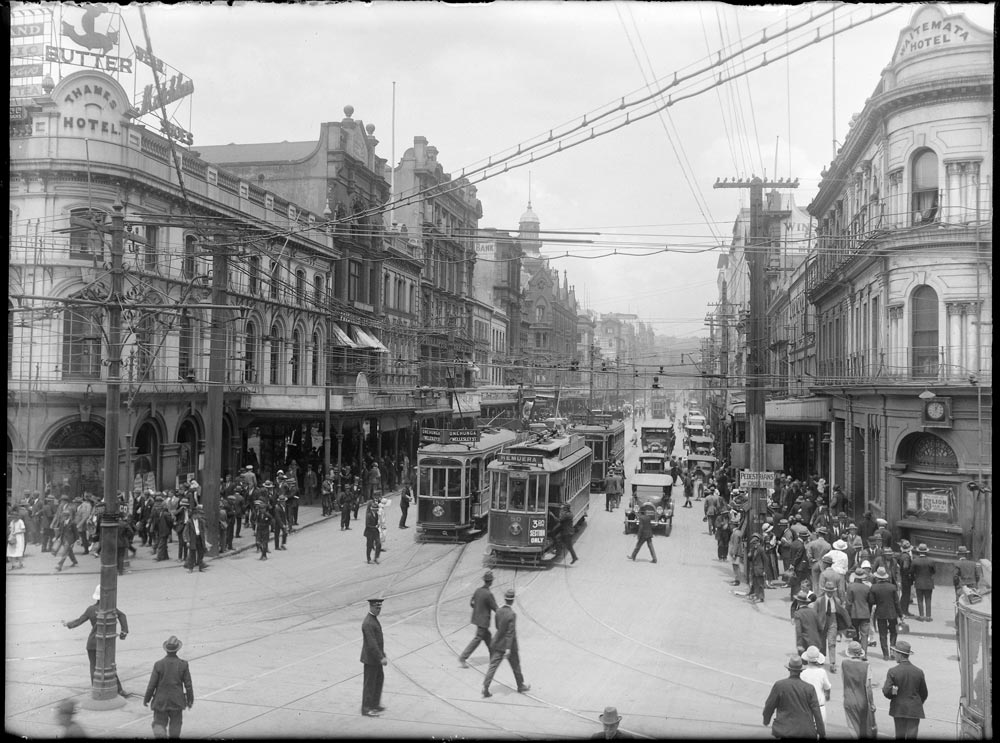
And so this is my contribution, what I hope can be a spark for that fire. My story to pass on to those who wish to listen. Because I love this city. I love Auckland. I love this country. I love Aotearoa New Zealand. I love this world. The small blue marble in an endless expanse of the universe. I love the places and people in our city.
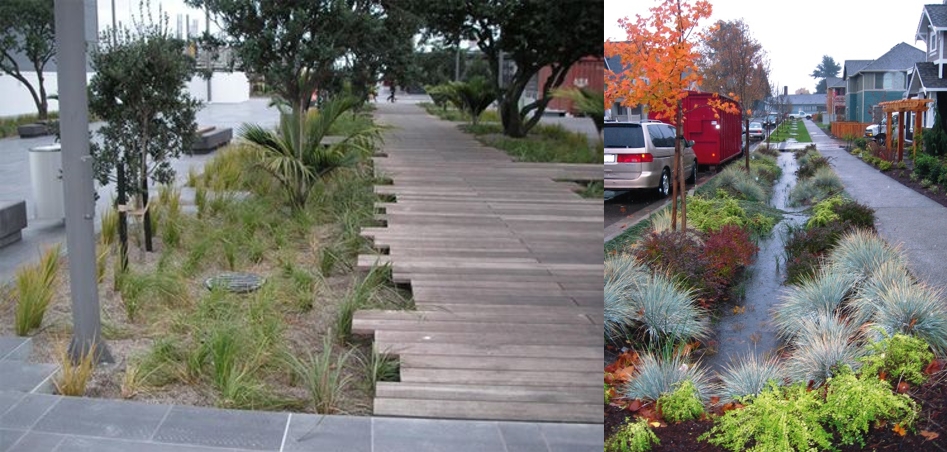
And I dream for children I hope to have to be able to roam free, independent, safe from the dangers they would currently face by delivering good design and transformation. I dream for efficient, reliable, public transport, so I can go to even more places in our city on time, and everyone can access the part that is my home without congestion. I dream for us to to have choices in which to travel, in ways free from polluting emissions and destruction, so the air we breathe is clear and the planet does not burn. I dream for the green of trees and plants and the blue of water uncovered, to make our urban jungle cool, lively, and calming. I dream for our places to be beautiful, to have soul through art, sculptures, fountains and more. I dream for people to fill our streets, to connect, and bring life and party. I dream for trains and bikes and buses and a nice pair of walking shoes, and the paths and rail track and routes to support this.
These dreams are possible, and they are stories we can tell, they are conversations we can have with those around us.
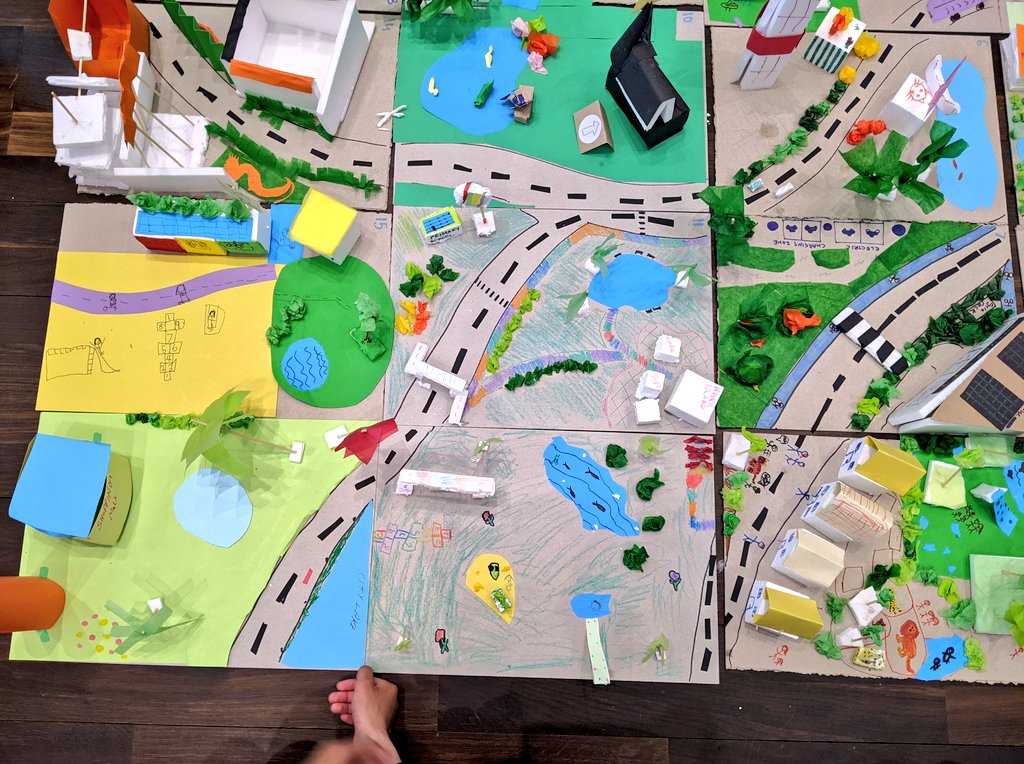
They say all roads lead to Rome; in my mind, all roads lead to rail. To cool and wonderful trains both light and heavy. Right now, one of the stories we all accept is that streets lead to cars. But for me? They don’t. Not any more. Streets lead to people. As they once did so long ago. Because that’s the story I’m going to tell, to believe is possible. To see that vision in front of me. To dream this story into reality for the better world I want to see. But I don’t want this dream, this story, to just be my own.
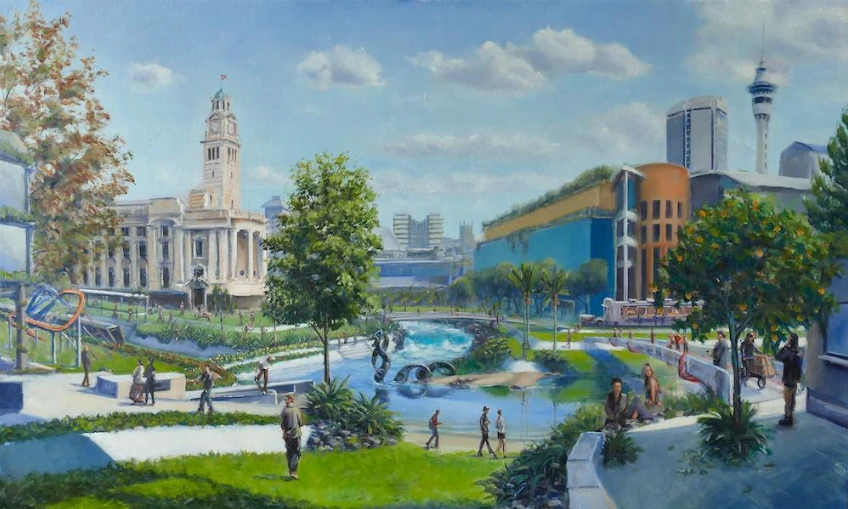
This is my challenge to you. To dream of a different world and tell that story far and wide. To friends and family. Tell them your story of how you want a better world, a better city, a greater Auckland. Yes, have your evidence and facts on hand, as we so often discuss – but mostly, talk about how it will transform your life. Tell stories of how riding a bike through the city the first time changed your life. Tell them when you were late to work because the bus got stuck in traffic as there was no bus lane and how much it would change your life to have that. Tell them how your places were changed to focus on people, the community you found and the friends you made. Tell stories of when you were overseas, or in another city, or wherever and whoever you found inspiration and made these stories of your own. Tell stories of what works, what doesn’t, and what you want to see changed. Tell these stories over and over again.
And if you don’t yet have a story of your own? If mine connects with you, then share that. If others share their own stories and dreams in the comments, share them. Share your connection and experience with those you are connected with and have experiences with. Those you trust, and those who trust you. Now and in the future. Because when we do this, when we build those connections and create that shared story, that shared dream, we change things. We change minds. We change the world from what it is. We ensure it lives on to the future instead of turning to ash. We ensure the flame continues burning in these cold dark nights until our dreams of light comes to pass. Because we all have that power.
And eventually, I believe all roads will lead to rail. And all streets will lead to people. And we will have the city, the country, the world, we dream of.
But only if we share that dream.
And only if we each tell that story.

 Processing...
Processing...
This is great. I think that over the past few years the desire to dream of a better future has been methodically beaten out of us by people who are scared of any change.
Maybe the key is to tie big dreams with realistic and incremental steps that make progress. It feels like the last government had some big dreams but absolutely no idea how to get there. But that shouldn’t stop us from dreaming of a much better future.
So, thanks.
More rail Yes, streets for people No. We’ve got to stop this streets for people nonsense it delays emergency response times and it’s starting to get worse. The closure of K Road no doubt would have caused all sorts of issues for residents and emergency services alike. Traffic calming, raised crossings, low speed limits all seem like a good idea in theory but remember everytime one of these things is changed it slows everything down. https://www.thepost.co.nz/nz-news/350355934/speed-bumps-back-emergency-response-spotlight
Not true at all.
The “Speed Humps Cost Lives” argument is simply old-fashioned thinking from fire services, combined with opposition to active travel.
This is a good article examining the science in more detail: https://www.thesisdriven.com/p/on-fire-departments
“Nevertheless, fire departments are consistently the most vocal opponents of any proposed road diets, including sidewalks, bus lanes, and bike lanes. This is despite the fact that fire departments spend more time responding to car crashes than fires, and car crashes get exponentially deadlier as speed increases.”
The most survivable crash is one that doesn’t happen at all. Lower speeds and safer streets reduce accident rates significantly. Emergency services need to become better at realising this.
A while back I thought about joining my local volunteer fire service, until I found out that it’s mostly crashes they’re attending. No thanks, don’t need that in my head.
You could solve that with a simple stroke of a pen. Allow emergency services to go 50kmh over the speed limit rather than 30. Makes a lot more sense than allowing every car to go faster just so emergency services can.
Incidentally the biggest delays for emergency vehicles are intersections, continuous bus lanes would help there.
And eliminate parking on all major routes and replace with 24/ 7 busways, which emergency services can use at any time
The time lost on speed bumps wouldn’t even be noticeable in comparison to what they would be saving not being stuck in traffic.
Excellent point! Fire departments are first responders, mostly for heart attacks and car crashes these days.
Did you even read the report you linked to?
“The existing literature on how emergency response is impacted by traffic calming interventions is quite thin and not convincing one way or another. While FENZ has legitimate concerns about how Auckland Transport and Waka Kotahi’s changes in roading strategies will affect emergency response, there is limited data available to determine if emergency response access and speeds are likely to be affected. In addition, the submissions process does not seem to be resolving concerns in a way that is deemed adequate by either FENZ, or the roading authorities. ”
“Due to the level of uncertainty on how specific interventions (or combinations of interventions) are likely to impact response times, we recommend that FENZ and Auckland Transport work together to install pilot/test cases. It should be reasonably straightforward for FENZ and the roading authorities to actively monitor the impact of traffic calming and other roading strategy changes on emergency response times when these trials are set up.”
Well, what’s worse for emergency vehicles, dealing with congested traffic, or speed bumps and road diets? There is definitely a point to be made with emergency vehicles but it’s not impossible to accommodate/make exceptions for them while also making streets more safer and more accessible for people. It’s common sense practice to allow fire trucks and ambulances to use bus lanes and bike lanes anyway so it’s not an all or nothing situation
Hence the massive time savings to be gained using 24/7 busways.
So presumably emergency services are lobbying with great intensity to remove cars from roads and prioritise alternative modes? Too many cars going too fast has created the need for the raised tables. Not to mention the massively reduced need for emergency callouts if we reduced cars by like 80-90% and how free the roads would then be for emergencies.
Off topic for this great post, but: I’m always curious about blanket claims re raised crossings and emergency response vehicles. Having travelled in the back of an ambulance with a family member recently (NB I don’t recommend doing this empirical research, if you can avoid it) I can now comment with a degree of experience.
Interestingly, raised crossings weren’t an issue – we barely felt them. What *was* really uncomfortable was the long stretches of rutted street surface (presumably caused by heavy traffic in combination with weather events), which was teeth-and-bone-rattling, quite unpleasant.
Fortunately, we made good time. If anything slowed us down on the way, it wasn’t bike lanes, or crossings, or the short 30kmh zone we passed through, but other vehicles – especially those in front of us at the lights, and those parked on both sides of narrower streets.
Anyway, it was quite the eye-opener.
Hope all turned out well Jolisa.
Thank you; we’re doing okay! And, if anything the whole experience is confirming the impression that the fortune set to be poured into low BCR motorways could be so much better spent (with better outcomes for everyone) in e.g. the health sector. Another discussion for another day…
Thanks for sharing. That’s great that you didn’t feel the bumps that might be because the ambo slowed right down. But it’s always hard to get a picture as every bump is different and every patient is different for example spinal cord patients will have extreme difficulty with these bumps. Some of the more jolting ones are bad for anyone lying flat. You’re correct in the sense parked cars are a big slow down, not just for emergency services but regular commuters as well. Hope everything went ok in the end.
Those children know what they are doing. Wide roads and only two pieces of cycleway that don’t join up.
I live near Maungarei and a short walk away from Panmure station and the town centre. Bakeries, dairies, retail stores and even a library, all an easy walk away with stunning views over the rest of east Auckland (minus the almost stroad inspired Mt Wellington highway). Even as it is today I feel incredibly lucky that this is the area I was born into, and I’m so excited for the transit and people focused developments coming to the entire Tāmaki area.
I still remember the first few train rides I ever took to the CBD, when I was in high school and flexing my adolescent sense of independence. Appearing out of the Pūrewa tunnel and seeing the vast swaths of trees and bush, only to be followed up with gorgeous views of Ōrākei basin and Hobson Bay into the waterfront. To this day, thousands of trips later and using the train to commute to and from work, it still captures my gaze in awe and wonder.
I wish for an Auckland where everyone here can have this sense of connection with their local town and the city as a whole. An Auckland where the majority of us aren’t in isolated boxes forced to look at the white and yellow lines on black roads; where we dont dread sitting in traffic on the commute to work. The places Aucklanders travel to should be places we’re happy to vibe, and we shouldn’t ever have to experience the feeling of dread at the idea of traveling there either.
Even though I’m younger with my life ahead of me, I still fear that I may not live to see the Auckland we envision. I truly hope the CRL and transformational projects like the CCMP and Tāmaki Regeneration are catalysts for much larger change, and if I can’t live to see it then I bloody hope I can have kids who do :3
Maybe need to revisit induced demand as an explainer to people, as we have a transport minister in Simeon Brown who I am pretty sure doesn’t really believe it in it.
I am not sure Simeon believes in any science or evidence, but seems to think that dropping $70b into roads, dropping regional tax, won’t encourage people to drive anymore.
I was going to link to an earlier interview, in which is expressed doubt in induced demand (saying something like ‘people are not going to drive any more just because there is a new road).
But did notice in a more recent interview, he think congestion charging will reduce induced demand. Which it will. But all those lovely gold plated national roads of significance will largely be excluded. And we don’t have congestion charging but do have a minister wanting to plow on with more roads, whatever the cost
I usually share the excellent Utopia satire on induced demand:
https://youtu.be/pCzCJzwrB_c?si=dzE9xcICNa6MOXDz
But having seen Simeon and Chris Bishop donning hard hats for a photo op, I think it is our reality and not satire.
One thing we need to consider, if we want vibrant streets, is the impact that our draconian alcohol licensing regime has on Auckland’s nightlife.
Ever disbelievingly look at the cost quoted on your local’s eftpos terminal when buying a drink?
A large portion of that is due to licensing fees and application costs.
This does not reflect where the harm associated with alcohol tends to occur – in homes or in the streets as a result of ‘pre-loading’.
We do need to sit up and take notice of the power of storytelling. The Auckland Trains/TRM and not always Miffy doom-laden, regressive ‘realism’ fails to see a way to a better future. Seeing a good future and plotting a path to it is what we should be doing, and some real, gritty and inspirational stories can help people to grasp the idea. The Iliad has a good deal to say about getting Achilles out of his tent and back to business. Perhaps more positive and real than Odysseus’ excuses to Penelope for getting home late from the war. Although the Odyssey does read more like the problems of getting anything done in Auckland.
Never mind waffled storeys, there are tried and true methods of identifying strengths, comparative advantages and opportunities, that have been applied to countless businesses and countries; Italy, Finland and Ireland spring to mind as countries that have gone through a process to discover the vision and accompanying strategies to give them global competitiveness.
We need this process desperately, but neither our mainstream media or current politicians have the nous, passion or intelligence to generate a national debate about how NZ at the year 2100 should look.
“I understand people on here hate Demo-cracy.”
Then you understand little.
“All my comments are facts”
Goes on to just write a waffle of reckons with zero evidence. If MOST people in Auckland have a rural mindset (whatever that actually means) then prove it…and don’t just write the last election but that’s an absolute copout. How about point us all to the data around things such as council feedback on the multiple transport plans, feedback on consultation on things like GNR improvements…of course if you did that it might actually counter your claims and reckons.
Wonderfully expressed. Celebrating nature and your local community brings on happiness and well being, and we could just reduce our carbon footprint to a sustainable level if we all followed this prescription.
Thank you for this article!
Let me add a short tale.
A few moons ago as Aotearoa grappled with IF we should allow the corporate take over of the TPPA.
My self and like minded comrades decided that we must ‘awaken from our slumber, like a thousand points of light and rise like lions!
So we did.. We staged a few demonstrations in central Tamaki Makaurau any time the state would discuss our fare hidden in Sky City protected by a ring of steel comprising of almost every cop from greater Tamaki and the South Waikato.
After a few of these .. Another major conference was planned – this time .. to sign away our sovereignty.
Of course we countered.
We shut down the city thst day.. from the corner of Pitt street amd hobson to the top of Queen st and K rd.
Right down to fanshaw.
The reactionary car users gnashed their teeth, the right wing media click baited and echo chambered their base and tightened their core audiences blinkered right wing , indervidualistic mindset.
However….
For those few hours on that summers day.
We saw the future.
A future with out cars, a future where light rail was under our feet, a future with clean air people , art, music, culture on the streets.
This is the future I want and we need!
The day of action subsided in the late afternoon.
The traffic returned along with the ever present fumes, noise, commotion of capital.
It wasn’t until much later..
On those first days of lockdown that that calm, quiet, clean air and the lack of the constant hum of the motorway that was ever present I could hear clearly at every hour of every day.
Even from my balcony in mount eden 3.5 kms away from the motorway…khyber/symonds street.
The birds returned.
We had a pair of tuis in our garden.
Piwakawaka flitting and playing happily chirping.
I remembered back to when we shit the city…and again…
I knew that a new world was not only possible but she was on her way!
We must make a car less , pedestrian friendly, mass rapid transit, rain gardens green spaces, bike lanes our future!
No if’s, No but’s only staunch militant unity from us late GenX and our GenY, GenZ contemporaries.
We must oust this ‘old thinking’ of oil, of roads, of the past..
I look forward to seeing you there!
Great article, agree pretty much 100% but my time on this planet is limited and I gave up waiting and moved overseas. Very unpatriotic I know!
If you have friends who don’t ‘get’ induced demand share this; https://www.vox.com/future-perfect/363013/wide-highways-climate-environment-pollution?utm_source=fot.beehiiv.com&utm_medium=newsletter&utm_campaign=trucks-fot-weride-aurora-byd&_bhlid=fbc155ac790a04bf537035f3a961fa049313a929
They may not read much of it, though it’s pretty clear on the matter, and they may get something out of it.
I love this post! Dreams do come true. I write from Pt Chev which currently has the good fortune of seeing real local cycleways being installed (along with long overdue improvements for pedestrians, and total rebuilds of major roads, plus upgrades to all the utilities that run along and under them).
The project is still very much in progress, with more months to run – but is already taking tangible shape in a way that’s leading to a whole lot of lightbulb moments, as more and more people realise that adding more modes to a road is actually gonna be mutually beneficial for us all, no matter how we get around.
For various reasons, the neighbourhood already has a relatively high comparative walk, bike, bus mode-share – and has always had massive potential to expand further in that department. So it’s going to be both fun and fascinating to observe and measure that growth in the coming years, and see how it supports a more thriving street culture and local retail scene.
This streetscape project has been a tantalising vision on the horizon for close to a decade now; long enough for my own kids and their friends to age out of being able to bike to school… and grow into being able to bike to work. Even now, I sometimes have to pinch myself – to believe it’s actually happening.
I’m quietly excited that this simple dream, of a neighbourhood streetscape that not only enables, but encourages and enjoys active transport, will be realised within their (and my) lifetime. Even more so: that it will come to seem absolutely commonplace and normal for the generation that’s currently in pushchairs and on training wheels.
I’m looking forward, too, to this becoming a highly visible model of “what’s the best that could happen”, for people and precincts all over the city – who all equally deserve greener, healthier and more accessible neighbourhoods and networks.
Keep dreaming, friends!
Chris Dews lovely renderings…I want to live there…
“the fact that we live in a rural based country”
Evidence of the veracity of this claim, please.
Great post. We all need to dream of a better future for Auckland. There needs to be more movies with a more positive future too; so many are of a bleak dystopian nightmare.
That boardwalk on Jellicoe street is a straight up safety hazard! No idea how it managed to get past WorkSafe.
It’s a trip/fall hazard, serves no purpose with that disjointed design, likely cost more (marginally), doesn’t even improve the aesthetic, all the while actually reducing the useable width of the path! Ludicrous.